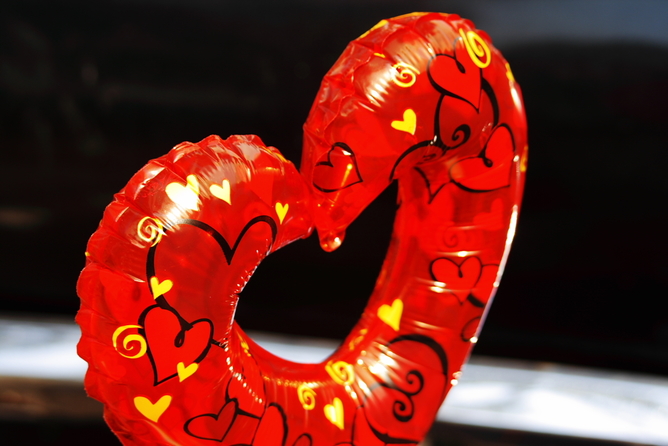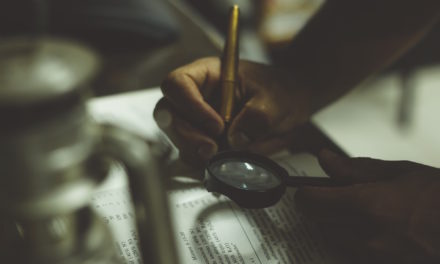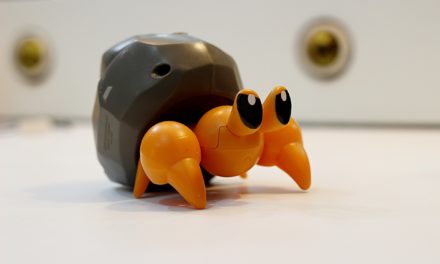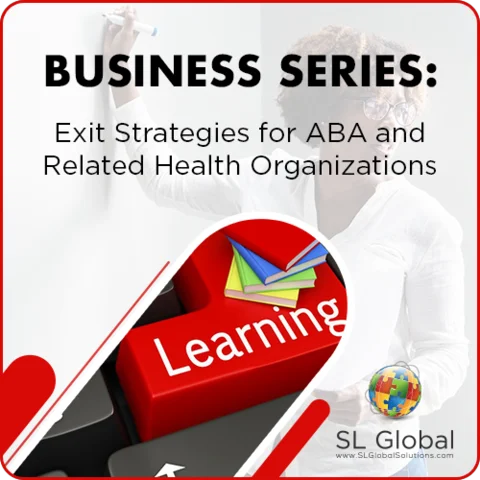If you think our romantic relationships are based on the passions of the heart and the melding of minds – both beyond explanation or reason – then think again.
People in love might seem preoccupied, emotional and at times downright irrational, but there might just be some surprisingly logical foundations underpinning our romantic relationships. In fact, there are some things about our intimate relationships that can be predicted by our behaviours and how we react and relate to our loved ones.
Rightly or wrongly, it’s not surprising that things such as physical attractiveness and financial resources can be important factors when first selecting a mate. But once someone is in a relationship, what happens next?
An often-cited explanation for how romantic relationships play out is the “investment model”, which can often predict relationship commitment. Although commitment in this context can be hard to define, it is usually considered to reflect attachment to a partner with an intention to remain with that partner in the longer term.
SO WHAT PREDICTS RELATIONSHIP COMMITMENT?
A key theme of the investment model (as the name suggests) is to look at relationships a little like a balance sheet, but not in the way you might expect.
There are many rewards that can come from being in a relationship, such as having emotional, intellectual, and physical needs met. There are also costs associated with a relationship: perhaps arguments or perhaps a perceived loss of independence.
But rather than just tallying up the pros and cons of being in a relationship, the investment model says that we will look at the overall outcomes of these costs and rewards. We will compare those outcomes to what we believe is appropriate for a good relationship (that is, our own personal standard).
If we expect that the good should outweigh the bad in our relationships, and our partner is very kind but can be grumpy in the morning, then our personal standard is met or even exceeded (as general kindness trumps morning grumpiness), and we will experience relationship satisfaction.
But if our personal standard is that relationships should be good all the time, and if our partner is grumpy in the mornings, then even if our partner is exceptionally kind-hearted, we will not be satisfied with the relationship.
This can explain why two couples might have very different relationships, yet still experience similar levels of relationship satisfaction.
Sounds straightforward enough: find the person who matches or exceeds your personal standards and you will have a good relationship. They must be “the one”. But the investment model suggests that relationship satisfaction on its own is not enough to predict relationship commitment.
IS THE GRASS IS GREENER?
The next thing we consider in relationships is the “quality of alternatives”. When all other things are equal, we will evaluate the merits of other choices and if we perceive them to be “better” then we might move towards that alternative.
Fortunately, this isn’t (quite) as callous as it sounds. Alternatives might refer to a new individual who we perceive to be superior to our current partner. Perhaps the superior choice is sexier, smarter or more socially mobile than your current partner (obviously, this depends on what is important to you).
Happily, this doesn’t translate to mean that everyone is looking to upgrade to a supermodel or Noble Laureate; superiority is only important if your current partner doesn’t match your idea of what a partner should be like.
But alternatives might also refer to an alternative situation. For example, if you experience a lot of conflict in your relationship, you might feel you would be better off alone.
This cuts both ways: if you enjoy being single, then someone will need to be pretty special if they are likely to sweep you off your feet.
Finally, the investment model considers the role of – you guessed it – investments.
These investments can be concrete (say a house you share with your partner), or less tangible, like the time and effort put into a relationship to improve it. Investments can also be indirect, such as a shared social network or a shared social status.
Whatever the nature of the investment, the more you invest, the more you risk by leaving the relationship. Consequently, the research found the bigger the investment you have made in your relationship, the more likely you are to be committed to your partner.
If you are thinking all of this feels vaguely familiar from other contexts, you are right. The investment model can be used to explain a number of outcomes, such as why someone will stay in a job whether they will stay loyal to a brand as well as to predict physical activity.
Just how much can relationships be predicted to last, or to fail? Well, these investment model factors contribute substantially to relationship commitment, in fact explaining around 60% of our commitment, with satisfaction being the most important component.
But whether this means that people will stay in a relationship or leave is less clear: the link between relationship commitment and relationship persistence is only small to moderate.
Many other things can also influence whether the relationship will go the long haul. For example, if you perceive that your family and friends approve of the relationship, then it was more likely to last.
Even if you do not have particularly strong emotional intimacy with your partner, but if you have close relationships with your friends and relatives your belongingness needs can still be met.
How your last relationship ended can also make a difference. Breakups that are mutual (where neither person singularly initiated the break up) tend to be related to less satisfaction and commitment in future relationships than if one person decided to end the relationship.
So this Valentine’s Day, what do you need to do to make sure things are going well in your relationship and to avoid things ending in disaster?
- have realistic expectations about your relationship because that means you are more likely to have greater relationship satisfaction
- identify the things that you and your partner value in each other and try to find opportunities to boost your emotional capital
- evaluate your relationship investment portfolio because the more you put in, the more you will get out
Happy Valentine’s Day!












